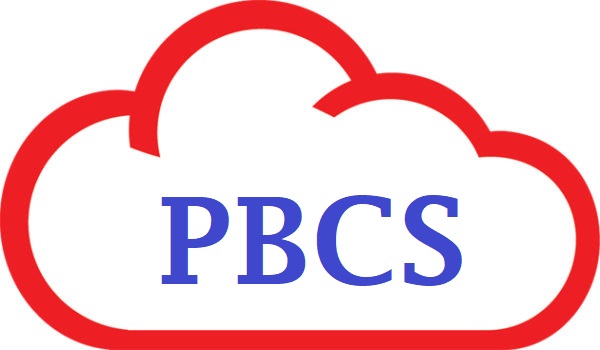In the domain of financial planning and analysis, the ability to navigate hierarchical data structures with precision is paramount. Oracle’s Planning and Budgeting Cloud Service (PBCS) equips financial professionals with a potent tool for this purpose: the @ILSIBLINGS calculation function. This function empowers users to access and aggregate data from all siblings of a specific member within a hierarchy, thereby enhancing the depth and accuracy of financial analysis. In this comprehensive guide, we’ll delve into the functionalities and applications of the @ILSIBLINGS function within PBCS, illustrating how it enables financial analysts to navigate hierarchies with pinpoint accuracy.
Understanding the @ILSIBLINGS Calculation Function
The @ILSIBLINGS function in PBCS is tailored to retrieve data from all siblings of a specified member within a hierarchy. Siblings are members that coexist at the same hierarchical level as a given member. This function simplifies the process of aggregating data from peers, enabling financial analysts to perform detailed hierarchical analysis. The syntax of the function is:
@ILSIBLINGS(Dimension, Member)
In this syntax:
- Dimension: Represents the dimension containing the hierarchy from which data will be aggregated.
- Member: Denotes the specific member within the hierarchy for which data from all siblings will be retrieved.
The function aggregates data from all siblings of the specified member, enabling more comprehensive analysis and reporting.
Applications of the @ILSIBLINGS Function in PBCS
- Comparative Analysis: The primary application of the @ILSIBLINGS function is to perform comparative analysis by accessing and aggregating data from all siblings of a member. This includes analyzing data at the same hierarchical level to gain a deeper understanding of relative performance.
- Allocation Scenarios: It facilitates scenarios involving the allocation of resources or costs among siblings. This ensures equitable distribution based on specific allocation methods.
- Expense Distribution: In situations where expenses or budgets need to be distributed evenly among peers, the function supports this process.
- Variance Analysis: For variance analysis, the function helps identify variances among peers at the same hierarchical level.
Examples of @ILSIBLINGS Function Usage in PBCS
Let’s delve into practical examples that illustrate the versatile applications of the @ILSIBLINGS function within PBCS:
Example 1: Comparative Product Sales Analysis Suppose you’re analyzing the sales performance of a specific product within a category, and you want to retrieve data from all other products within the same category. The @ILSIBLINGS function allows you to aggregate data from all siblings of the product.
@ILSIBLINGS(Product, "Product X")
Example 2: Even Distribution of Overheads In a scenario involving the distribution of overhead costs among departments at the same hierarchical level, you may want to ensure equitable allocation. The function aids in this by aggregating data from all sibling departments.
@ILSIBLINGS(Department, "Department Y")
Example 3: Comparative Expense Reporting Imagine you’re preparing a detailed expense report for a specific cost center, and you want to compare it with other cost centers at the same level. The function facilitates this by retrieving data from all sibling cost centers.
@ILSIBLINGS(CostCenter, "Cost Center Z")
Example 4: Variance Analysis among Regions For a variance analysis of revenues among regions, you may want to compare the performance of one region with its peers. The function supports this by retrieving data from all sibling regions.
@ILSIBLINGS(Region, "Region A")
Best Practices and Considerations
- Data Consistency: Ensure that the data used for the @ILSIBLINGS function is consistent and accurately reflects the peers at the same hierarchical level.
- Allocation Methodology: Choose the appropriate allocation methodology, whether it’s based on percentages, headcount, or other relevant factors.
- Scenario Testing: Perform scenario testing with different allocation methods to understand the potential impact on the results.
- Documentation: Document the rationale behind the choice of allocation method and any assumptions made during the process.
Conclusion
The @ILSIBLINGS calculation function within Oracle’s Planning and Budgeting Cloud Service (PBCS) offers a powerful tool for accessing and aggregating data from all siblings of a specified member within a hierarchy. Its ability to perform comparative analysis, support allocation scenarios, aid in expense distribution, and facilitate variance analysis enhances the accuracy and depth of financial insights. From comparative product analysis to expense distribution, allocation scenarios to variance analysis, the @ILSIBLINGS function empowers financial analysts to navigate hierarchies with precision and make well-informed decisions based on comprehensive peer-level data. By incorporating this function into their financial workflows, professionals can enhance the accuracy of their analysis, streamline allocation processes, and gain deeper insights into hierarchical data structures.
